Why Do Some Birds Stay For Winter? (8 SURPRISING Reasons!)
We’re reader-supported; we may earn a commission from links in this article.
Apparently, not ALL birds migrate, some do stay for the winter. You may then ask: “why do some birds stay for winter?” I too was curious, so I did some research online on this topic and found some answers. Here’s what I found:
Some birds stay for the winter because they have developed adaptations to deal with the cold winter. These adaptations include changing their diet, insulative feathers, high metabolic rates, shivering, fluffing of feathers, cuddling, countercurrent heat exchange, and tucking in of their extremities.
Now that you roughly know why some birds stay for winter, I will go into further detail about how they actually do so! Read on for more info!
Why Do Some Birds Stay For The Winter?
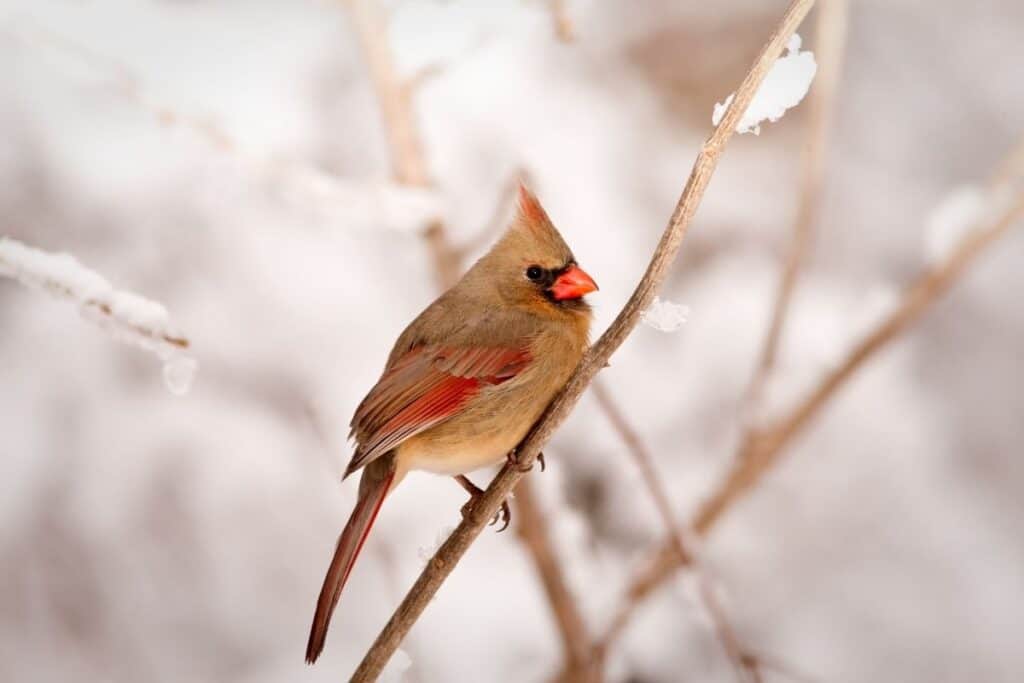
My guess is you’ve heard of bird migration right? It’s the time when birds move down south for the winter. Now, what about the birds that have remained behind for the winter and why do they remain?
Here are 8 main reasons why birds stay for the winter:
- They Have Sufficient Food Sources
- They Have Insulative Feathers
- They Have High Metabolic Rates
- They Are Able To Shiver
- They Fluff Their Feathers
- They Huddle With Other Birds
- Countercurrent Heat Exchange
- They Tuck In Their Extremities
Let’s start with the first reason!
1) Sufficient Food Sources
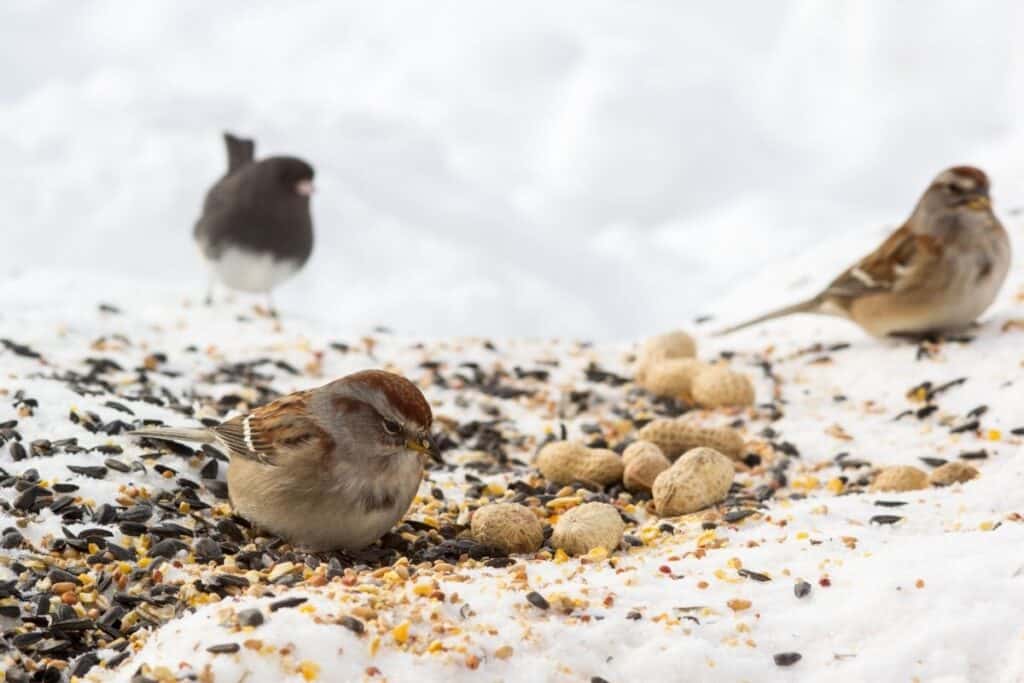
Birds migrate not only to ‘escape’ the cold, but they also do so because there are fewer food sources available in their area if they choose to stay.
Birds that choose to stay simply do not need much food to survive, and can simply live off of small insects found in tree barks or simply from us, humans!
The Dark-eyed Junco is known to have a small appetite and can survive by just consuming some small insects. Some people, if you may know, love to put out bird feeders and also like to feed the birds on the street.
These have helped the birds to continue to remain during wintertime because their food requirements are being met!
Some birds such as the American Robin can actually adjust their diet to suit whatever food source that is available during winter.
For example, its usual diet includes worms and bugs, but during winter, it can switch to living off berries to survive. It’s not a fussy eater!
If birds are able to continue to feed themselves through winter, they are not obliged to go through the energetically demanding long-haul flight of migration to the South.
2) They Have Insulative Feathers
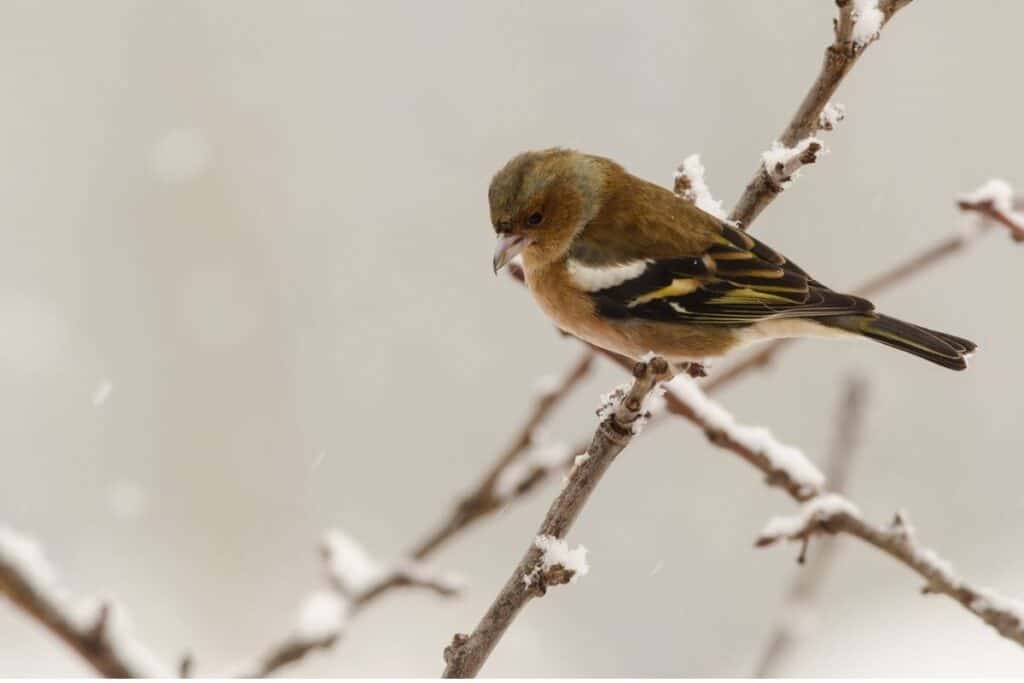
Birds have feathers as their outer covering and it’s what provides the bulk of the insulation and trapping of heat within their warm bodies.
Feathers are unique and unlike any other animals in that they actually trap small pockets of air, helping to insulate their bodies.
This is because air is a bad conductor but a good insulator of heat, which means heat stays within its body for a longer period of time!
3) They Have High Metabolic Rates
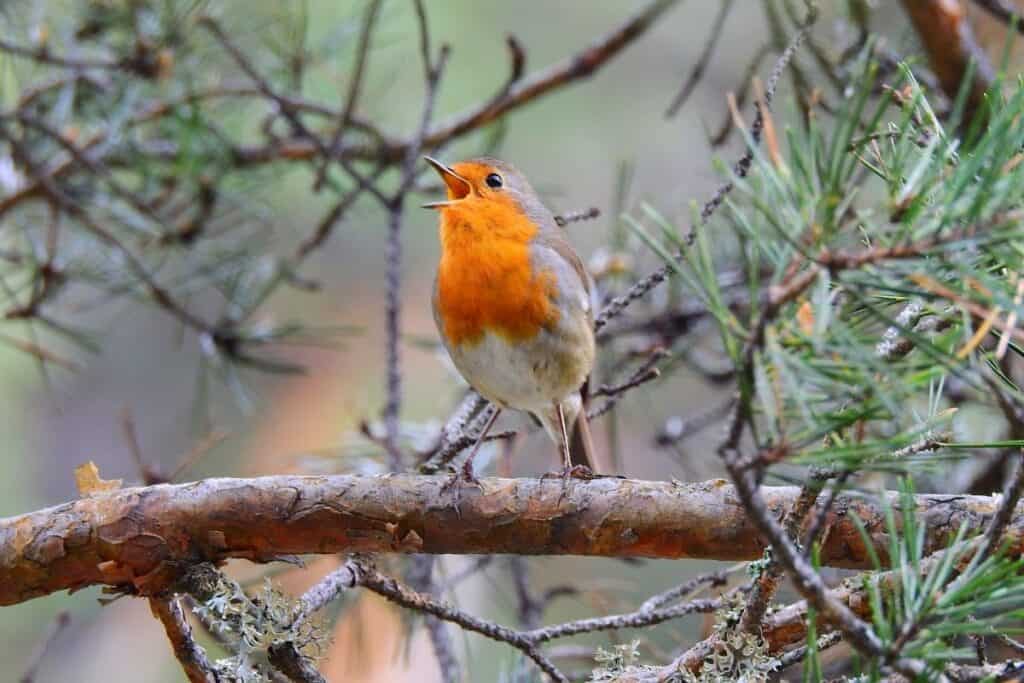
Birds are like us humans in that we are both warm-blooded.
This means that our body is kept at a certain temperature range that can be regulated using our body’s natural responses to the environment.
However, birds have MUCH higher metabolic rates.
For example, the Black-capped Chickadee is a puny little bird that only weighs half an ounce, but it can keep its body temperature at 100°F (37°C), even when it’s 0 °F (-17°C) in its surroundings!
This means that it’s burning up a lot of its energy reserves to stay that warm! Not every animal can keep burning at a high rate like that to stay warm!
They do so by staying active and consuming large amounts of food from a steady supply, recalled from their powerful memory.
4) They Are Able To Shiver
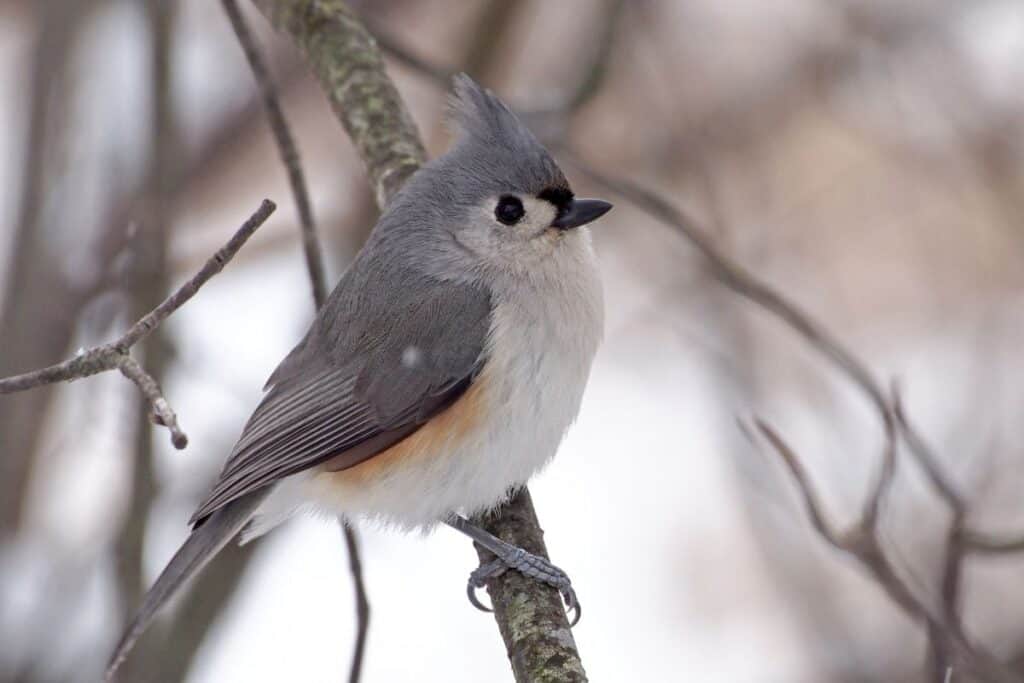
Just like how humans shiver in the cold, birds do that too! But did you know that shivering is a mechanism that all mammals have to cope with in cold environments?
According to an article by Healthline.com, shivering is caused by your muscles tightening and relaxing in rapid succession. This involuntary muscle movement is your body’s natural response to getting colder and trying to warm up.
5) They Fluff Their Feathers
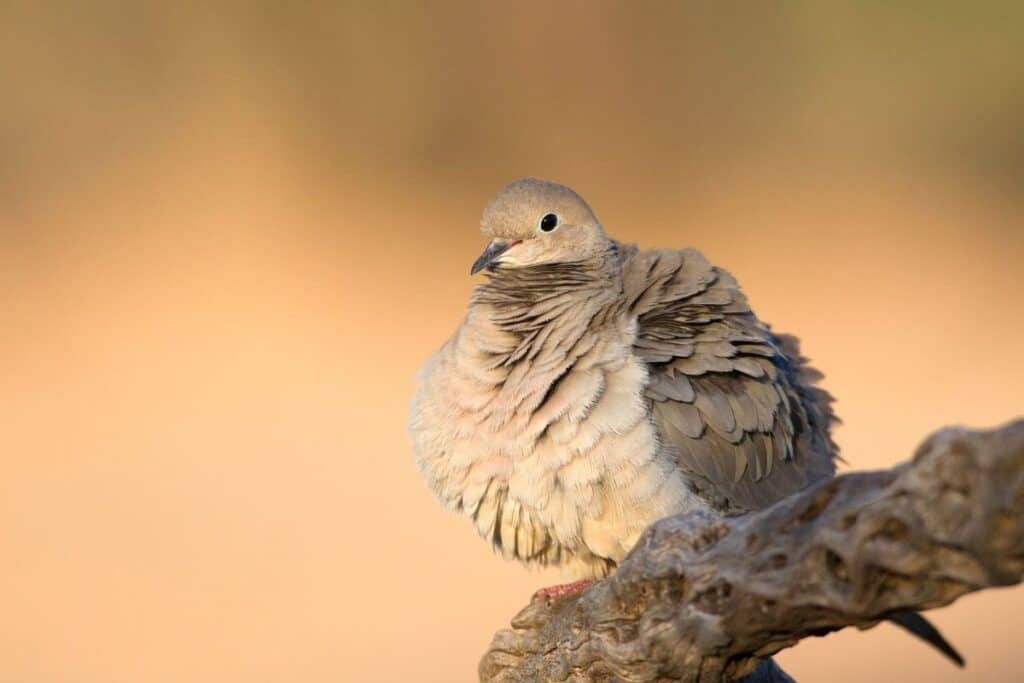
Now here’s a response to the cold that we humans can’t do. You may have noticed that birds tend to look a little fatter during winter.
In actual fact, birds fluff up their feathers to trap more air between their feathers to add to the insulation that their feathers already bring.
As mentioned earlier, the increased air trapped within feathers will act as an extremely good insulator for heat, trapping the heat within their bodies, and keeping the birds nice and warm!
Here’s an instance of a Black-capped Chickadee fluffing its feathers!
6) They Huddle With Other Birds
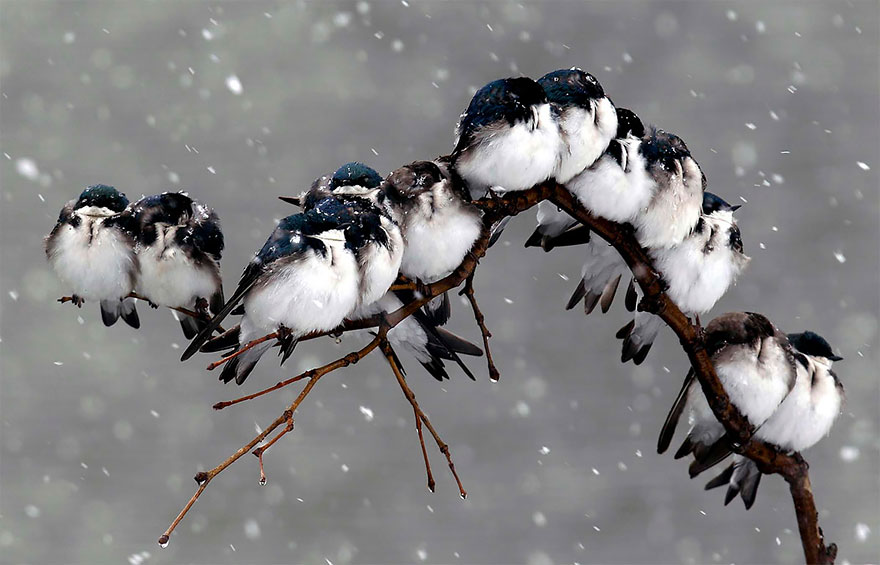
It’s nice to cuddle and huddle around the fireplace or under your bedsheets during winter right?
Birds also implement the same methods to minimize their heat loss: huddling together with close body contact with each other.
This helps them to maintain the body heat from each other and prevents excessive heat loss. Examples of birds that commonly do this are tree swallows, finches, and other swallows.
7) Countercurrent Heat Exchange
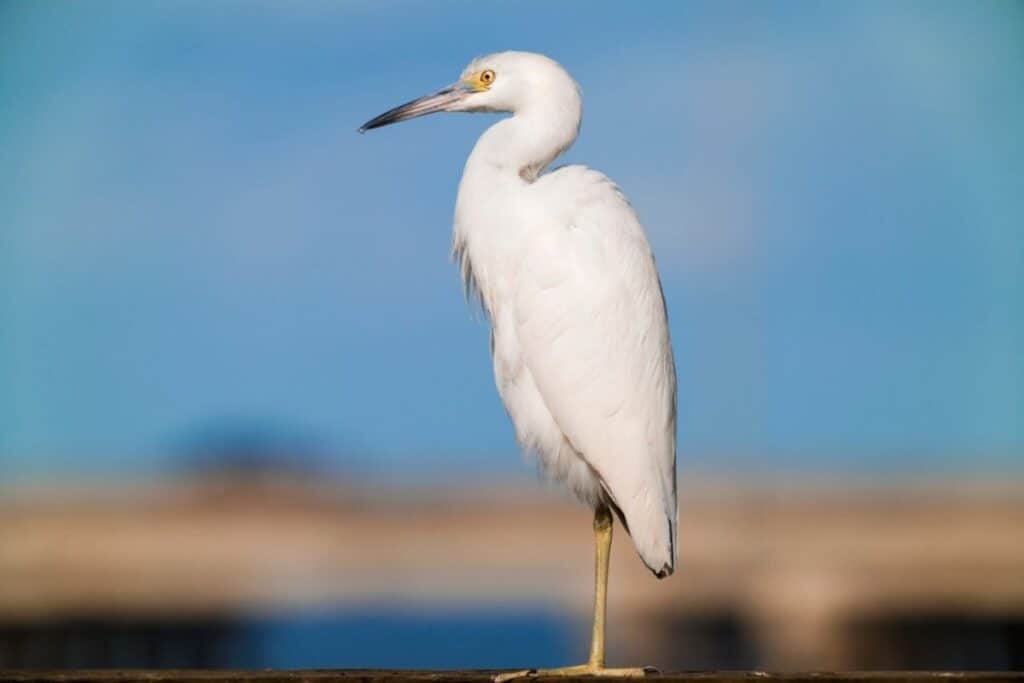
Now if you’re only thinking of land birds, let me remind you of water birds like geese, ducks, and swans. What about them? How do they survive in the cold, cold water in our lakes and ponds?
All waterfowl species actually have a very special adaptation that they have developed over time: a countercurrent heat exchange.
It involves the exchange of heat from warm blood from the arteries of the birds’ bodies with the adjacent cold blood in the veins of the birds’ feet.
This allows birds to stick their feet in icy cold water and not get frosted!
Here’s a little video on it so you’ll get the concept:
8) They Tuck In Their Extremities
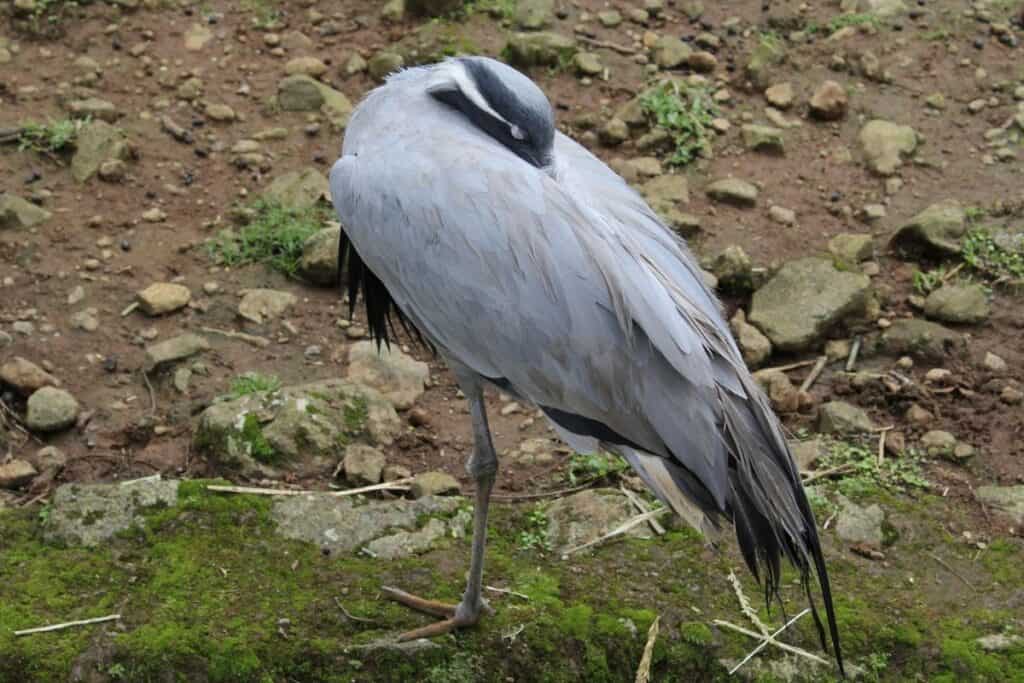
Birds also can choose to tuck in their bills and one leg into their warm feathers to prevent any extra heat loss to the cold surroundings.
This not only allows birds to keep warm but also improves their breathing efficiency when they plunge their faces into the warmer air within their feathers.
Examples Of Birds That Stay For The Winter
If you asked why do ‘some’ birds stay for the winter, why not get to know some of them by name?
I have compiled a list of common winter birds and their winter behavior below.
| Bird Species | Winter Behavior | Link To Range Map |
| Black-capped Chickadee | – Possesses a half-inch coat of insulating feathers – Stays highly active to maintain their high metabolism – Good memory enables them to find the stash they built in Autumn | Link |
| Dark-eyed Junco | – Feeds on plants that have seeds, berries, and nuts during winter | Link |
| Northern Cardinal | – Seeks shelter in evergreen trees – Becomes less selective in seeds it eats – Possesses warm down feathers | Link |
| American Robin | – Changes its diet from worms and insects to fruits in trees – Feeds continually during the day to burn it off at night | Link |
| House Finch | – They do not store up food prior to winter – Alters metabolic rates to produce more heat at times when it is needed | Link |
| Pileated Woodpecker | – Each woodpecker makes its own hole, forages it, and lives there by itself – The same hole is used for nesting later on | Link |
Links to their range map are also provided above!
How You Can Help Winter Birds
Though birds can have all these amazing winter adaptations to survive the cold and lack of food sources, you can definitely also contribute to keeping them stuffed and happy.
Who knows? They might even continue to visit your backyard after winter ends if you place your backyard bird feeder throughout winter! Need some help getting started? I wrote an article here on how many bird feeders you need to get started.
What a great way to recruit hungry birds to your yard! So do definitely consider purchasing a bird feeder of your choice and get consistent views of beautiful birds from your home.
Final Thoughts
Personally, I think that some birds just find it better to survive through the winter with their adaptations, and it’s what they’ve stuck to for thousands of years already, and why break what works?
It’s not like the other option is that great anyway! (migration, basically a flight marathon)
Okay, now your mind is packed with all that information so that’s all for this article.
I hope you have enjoyed this writing and also learned something new about winter resident birds today!
Happy birding!
My Recommended Birding Resources:
Hey there, Justin here!
Here’s a list of all my favorite resources, products, and brands I trust and love.
My Celestron Nature DX 8×42 Binoculars: It’s a great budget pair for beginner birders. Highly valued for its price! Read my review.
Safe Paint for Bird Baths Guide: Learn about non-toxic paint for painting bird baths.
Safe Sealers for Bird Baths Guide: Learn which sealers are safe for bird baths.
Safe Paint for Bird Feeders Guide: Learn what special care needs to be taken to paint bird feeders with the right paint.
Safe Paint for Birdhouses Guide: Learn about non-toxic paint for painting birdhouses. (Not the same as bird baths!)
Bird Identification Apps Guide: 2 of my favorite birding apps are Merlin Bird ID, and eBird Mobile! Merlin is great for tracking and identifying birds, and eBird Mobile is great for tracking the birds sighted when birding.
Check out my resources page for the full list of resources I recommend!

Justin Chia
Justin is the founder and author of Birding Outdoors. He is a Nanyang Technological University (NTU) alumnus with a Bachelor of Biological Sciences and a former data analyst.
Now, Justin runs the Birding Outdoors blog full-time, hoping to share his deep love for birds, birding, and nature with others.
To unwind, Justin enjoys gaming and reading.

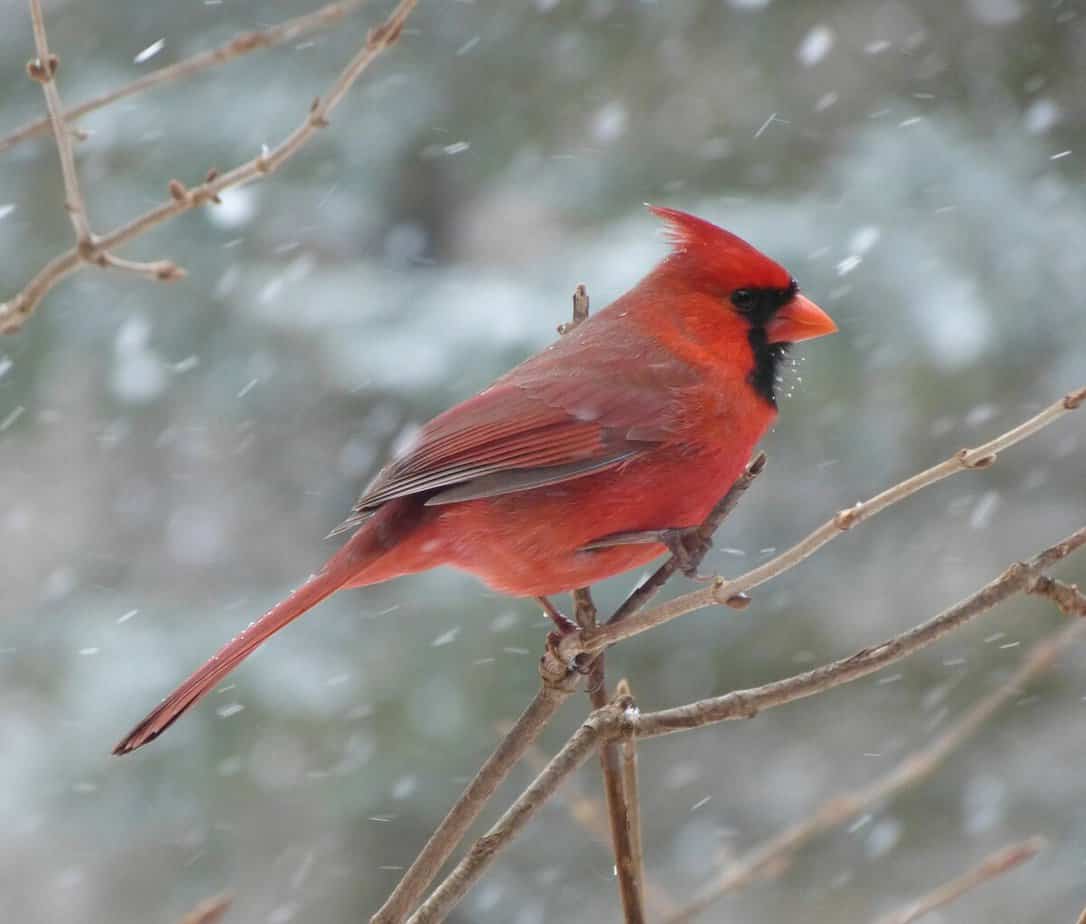
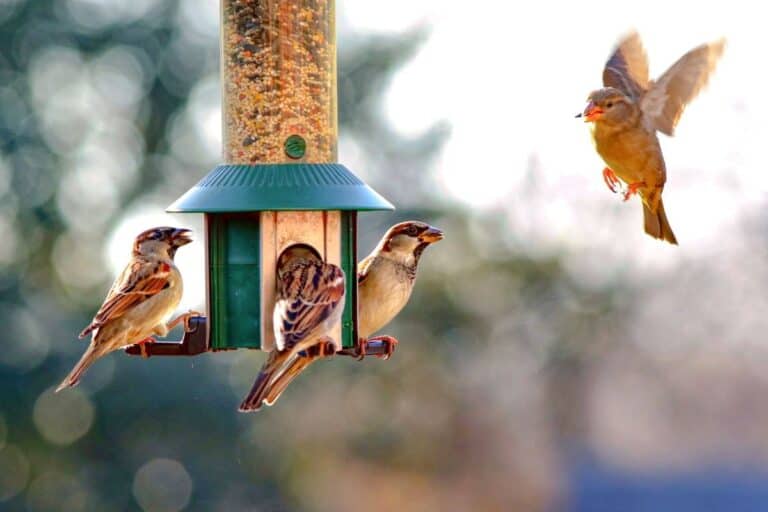
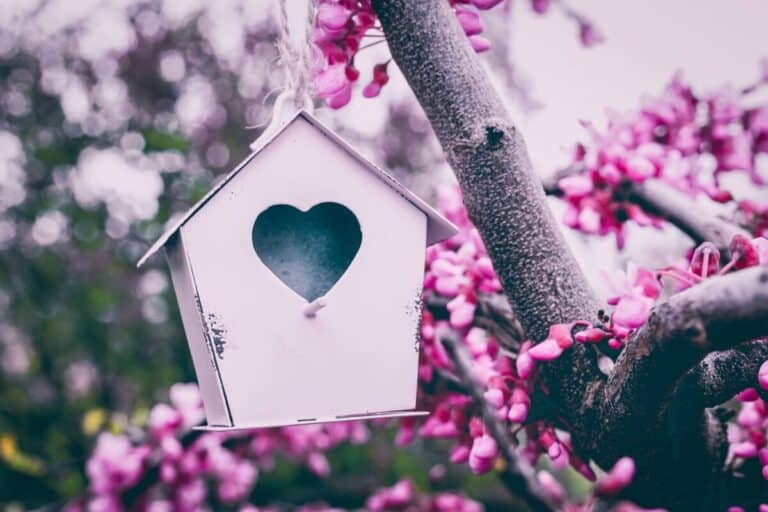

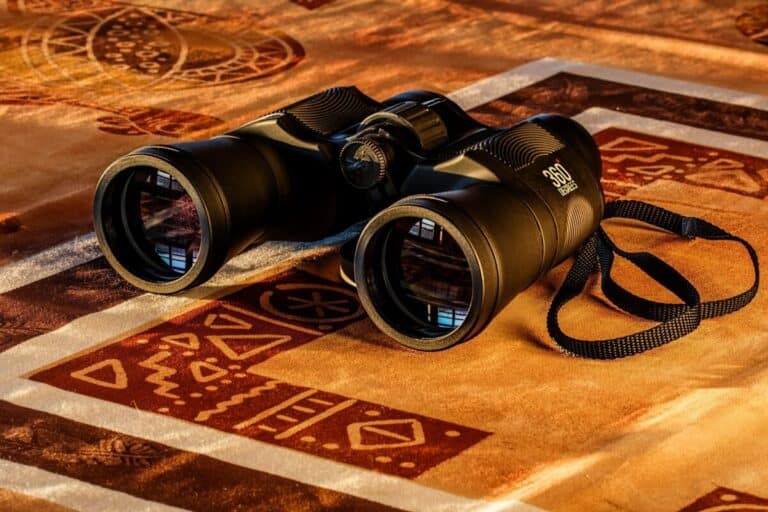
![Do Birds Take Off Into The Wind? [ANSWERED!]](https://birdingoutdoors.com/wp-content/uploads/2020/09/osprey-adler-bird-of-prey-raptor-73825-768x587.jpeg)
![Do All Baby Birds Survive In Nests? [ANSWERED! + FAQs]](https://birdingoutdoors.com/wp-content/uploads/2021/06/bird-4299034_1280-768x512.jpg)